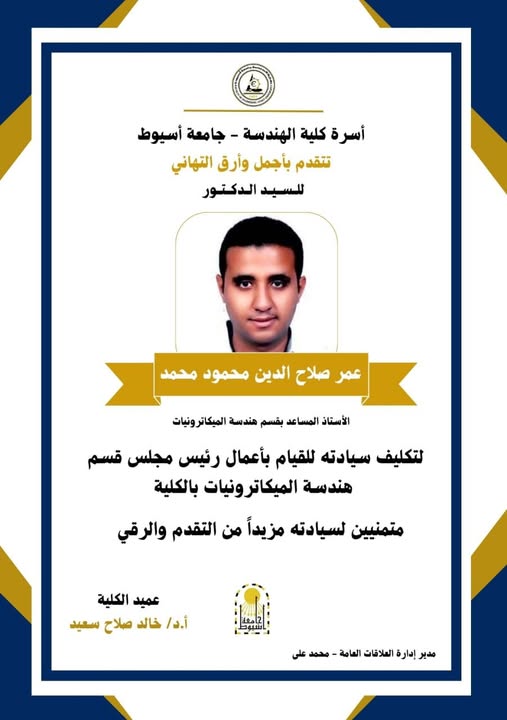CFD Application to Estimate Air Flow Rate for Normal Ventilation in Metro Trains and Stations
Abstract
Due to the problem of lacking enough fresh air for passengers in underground metro stations, increasing attention has been paid to improving ventilation in underground metro stations. In this paper, the distribution characteristics of airflow fields, geometry of the station, and the influence of airflow rate changes on passengers’ ventilation conditions have been investigated and simulated according to computational fluid dynamics (CFD) theory. In addition, the volume of the stations was treated with a central air conditioning system, including several air handling units (AHU) connected to chilled water. Air flow for trains and stations has been calculated and compared with the actual data of the National Authority for Tunnels (NAT). It has been found that the highest air flow rate Q for Attaba station is 24.97 m3/s at ticket hall level, and the lowest air flow rate is 5.23 m3/s at platform level. Also, the required air flow rate is 111.02 m3/s for trains has been calculated. This value is acceptable and suitable in comparison to the actual results from the NAT. This is to reduce the necessary heat and improve the air quality inside underground metro stations. It is concluded that, in cases where an air flow rate is required in stations, the efficiency of the fans must be superior to 70%. The rotation speed of the fans will range from 750 to 1480 revolutions per minute (r.p.m).


